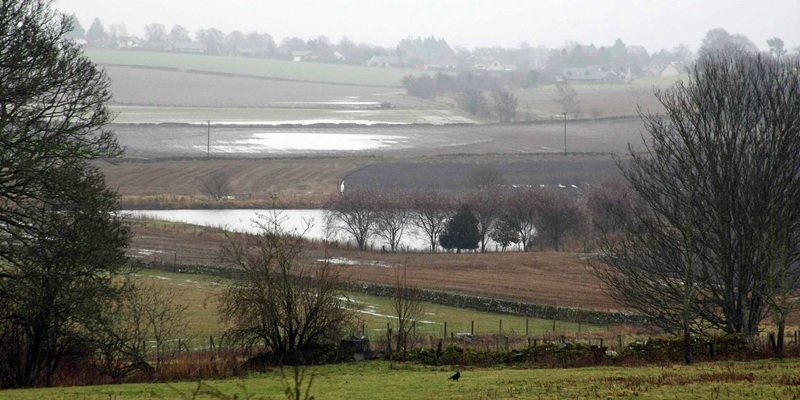The battle lines have been drawn in an attempt to save the Angus scene of an epic struggle in Pictish history from being erased from the record books.
At the centre of the dispute is the site in the shadow of Dunnichen Hill, near the village of Letham, the setting for the 685AD Battle of Nechtansmere, at which the invading Northumbrians were defeated by the Picts.
Dunnichen has been described as a place of national importance, and campaigners who once staged a fight against quarry plans for the area have now crossed swords with Historic Scotland over its potential omission from a list of important Scots battle sites.
Historian and Dunnichen expert Graeme Cruickshank alerted locals to the Nechtansmere threat after studying Historic Scotland’s consultation brief on the proposal to create a battlefields inventory.
Nechtansmere was absent from the list and the omission resulted in a protest as part of the consultation process, but with the curtain drawn down on that part of the Historic Scotland initiative, campaigners are awaiting a reaction to their opposition.ImportanceJim McGugan of Letham has made his feelings known to the heritage body. “Some time ago I wrote to the Historic Scotland inspectorate and claimed it was indeed a battle of national importance.
“The incoming Scots only had a toehold in Kintyre at the time of the battle and the vanquished invading Northumbrians were part of an expanding kingdom.
“The country Scotland did not exist in 685AD and this country was, to all intents and purposes, Pictland. The relative peace that ensued after the battle in 685AD allowed the Scots to quickly colonise, free from interruption,” he added.
“The views and actions of so-called experts may end up with Dunnichen off this list of battle sites of national import. How will the battle ‘experts’ explain the transit of Scots into positions of power during the years of colonisation. Scots coming here must start somewhere.”
He added, “I wrote strongly to Historic Scotland again, supporting the Battle of Dunnichen claim, and I think it is important this famous date is on that list.”
